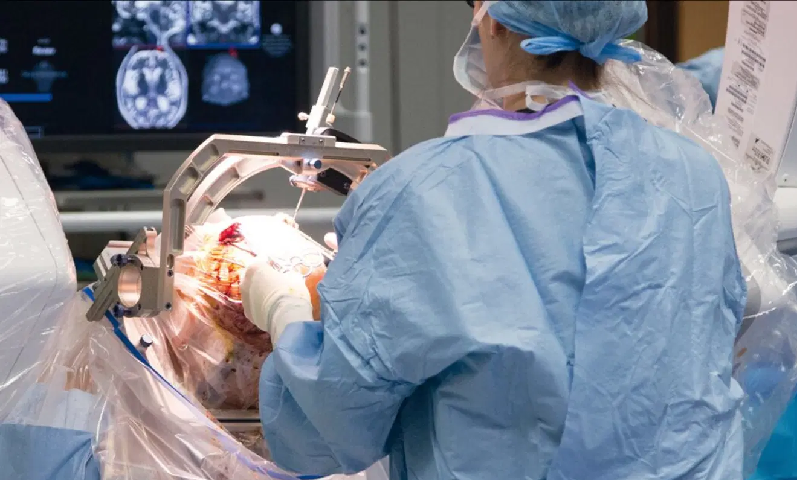Imagine going back in time by 100 years and telling a top-notch neurosurgeon about today’s technological advancements. Picture their astonished faces when you mention Roswell spine surgery. The realm of neurosurgery has leaped bounds into the future. This journey of progress is genuinely fascinating. Today, let’s delve into the captivating world of modern neurosurgery and explore its awe-inspiring technological advancements.
Robotic Surgery Takes the Stage
Imagine a machine performing a surgery. A few decades ago, this was the stuff of science fiction. But today, it’s a reality. Robotic surgery has transformed the field of neurosurgery. It brings precision to a whole new level. It reduces human error. It’s less invasive. It even shortens recovery time.
Augmented Reality: A Surgeon’s Virtual Guide
Picture this — a surgeon operating on a patient while wearing a pair of glasses. The glasses overlay a 3D image of the patient’s brain onto the real world. They guide the surgeon throughout the operation. This is not a dream. It’s augmented reality. It’s here. It’s changing the game.
Artificial Intelligence: The Genius Assistant
Artificial Intelligence — or AI for short — is a buzzword. It’s everywhere. It’s even in the operating room. AI can analyze patient data. It can predict outcomes. It can suggest treatment options. It’s like having a genius assistant by your side.
The 3D Printing Revolution
3D printing is not new. But its use in neurosurgery is revolutionary. It can create models of the brain. It can help plan surgeries. It can even make customized implants. The possibilities seem endless.
Roswell Spine Surgery: A Case Study
Roswell spine surgery is a great example of technological advancements. It’s a complex procedure. It involves the removal of a part of the spine. And it’s done with a robot. The patient’s recovery time? Reduced. The precision of the surgery? Increased. The success rate? Sky-high.
The Future Is Now
These advancements are not futuristic. They’re here. They’re now. They’re changing lives. They’re making neurosurgery safer, more accurate, and more effective. The future of neurosurgery is exciting. And it’s happening right before our eyes.

